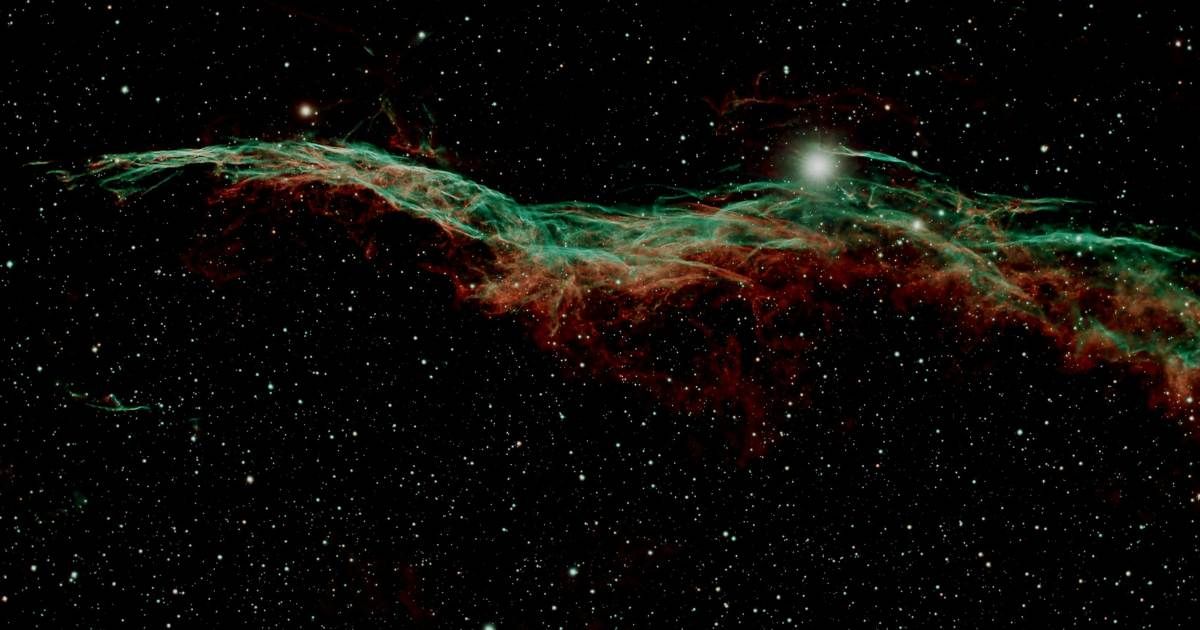Scientists ‘Fascinated’ Seeing a Star Swallow a Planet for the First Time Ever — Then It Flashed a Bright Light

For decades, researchers have been monitoring multiple stars in the universe. The observations have given experts somewhat of an idea about how stars function. However, a discovery has raised questions about some of their assertions, stated Live Science. Findings regarding this discovery have been published in The Astrophysical Journal.

In 2020, astronomers for the first time spotted a star swallowing a planet. Initially, researchers thought that the star must have expanded so much that it reached the planet and engulfed it. However, data collected from NASA's James Webb Space Telescope (JWST) gave another story. The data suggested that the star did not expand; instead, it drew the planet closer and then engulfed it. This is a first-of-its-kind event that has been observed by researchers.
The event has been named ZTF SLRN-2020 by scientists. The phenomenon involved a star and a Jupiter-sized planet, which are around 12,000 light-years away from Earth. The pair was first observed when astronomers detected a bright flash of optical light. Analysis made the team conclude that the flash was because a star had swallowed a planet. In the past, theories had been put forward by experts that sun-like stars, before their death, expand and swallow nearby planets. This is what many experts think will happen when the sun meets its demise, 5 billion years later. As per the theory, the sun will gobble up Mercury, Venus, and Earth while entering its final stage of becoming a red giant.
Data gathered from JWST's Mid-Infrared Instrument and Near-Infrared Spectrograph did not align with this speculation. The data revealed that the star was not emitting infrared wavelengths, which typically happens when a star transitions into a red giant. This implied that the star was not going through that transformation. The team believes that the swallowing happened because the planet was orbiting very closely to the star. The gravitational forces associated with both bodies made the planet move near the star. This process is called orbital decay.
Researchers think that it took months for the planet to reach close to the star's surface. Thereafter, the drag forces sucked the planet into the star's core, facilitating the swallowing. After the engulfing, the star released the remaining planetary material, which became the flashes noted by the astronomers. Experts don't think this is the first swallowing that has happened in space using this method, however, it has been hard to spot because the light they emit is quite faint. Therefore, researchers are ecstatic about the opening of the Vera C. Rubin Observatory, which they believe will make it easier for them to locate such faint lights.
Astronomers also found an expanding cloud of cooler dust surrounding the star after engulfing, stated NASA. There was also a hot circumstellar disk of molecular gas at the site. Webb’s high spectral resolution spotted some molecules in this disk, some of which were later determined to be carbon monoxide. The investigation took place under a programme called the Guaranteed Time Observation program 1240. The program's objective was to examine a series of mysterious brightening events in space.